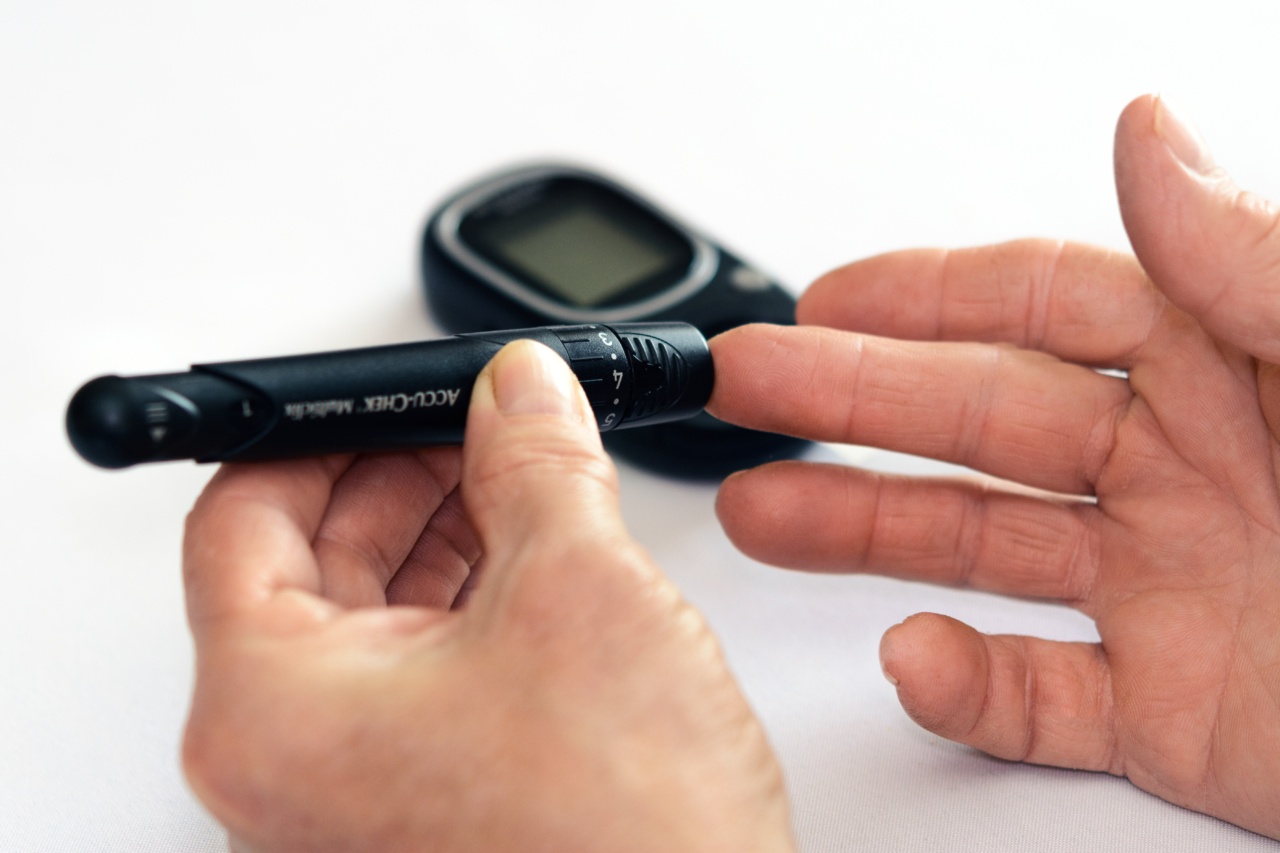High cholesterol levels can lead to a number of health complications including heart disease, stroke, and diabetes.
Over the years, the incidence of high cholesterol levels has been on the rise, leading to the need for increased public health efforts towards reducing cholesterol levels. There are several ways to lower cholesterol levels, including through lifestyle changes, medical treatments, and a combination of both. This article examines some of the most effective ways to reduce cholesterol levels for better public health.
Understanding cholesterol
Cholesterol is a waxy substance that is found in the cells of the body. The body requires some cholesterol to function properly, but too much cholesterol can be harmful to health.
There are two types of cholesterol – low-density lipoprotein (LDL) cholesterol and high-density lipoprotein (HDL) cholesterol. The LDL cholesterol is also referred to as “bad” cholesterol as it can build up in the walls of the arteries, leading to blockages and increasing the risk of heart disease and stroke.
HDL cholesterol, on the other hand, is known as “good” cholesterol as it helps to remove the LDL cholesterol from the arteries, reducing the risk of heart disease and stroke.
Lifestyle changes to reduce cholesterol levels
Lifestyle changes are often the first line of defense when it comes to reducing cholesterol levels. The following are some of the lifestyle changes that can help to lower cholesterol levels:.
Eat a healthy diet
A healthy diet can help to reduce cholesterol levels. It is recommended that individuals limit their intake of saturated and trans fats, as these can raise LDL cholesterol levels.
Instead, individuals should aim to eat plenty of fruits, vegetables, whole grains, and lean protein sources. Foods that are high in fiber, such as oats, can also help to reduce cholesterol levels.
Exercise regularly
Regular exercise is important for maintaining a healthy weight and reducing cholesterol levels. Experts recommend that individuals aim for at least 150 minutes of moderate-intensity exercise per week, such as brisk walking, cycling, or swimming.
Quit smoking
Smoking can raise LDL cholesterol levels, as well as increase the risk of heart disease and stroke. Quitting smoking can help to lower cholesterol levels and reduce the risk of these health complications.
Lose weight
Being overweight or obese can raise LDL cholesterol levels. Losing weight can help to lower cholesterol levels and reduce the risk of heart disease and stroke.
Medical treatments to reduce cholesterol levels
In some cases, lifestyle changes may not be enough to lower cholesterol levels. In these situations, medical treatments may be necessary. The following are some of the medical treatments that can help to reduce cholesterol levels:.
Statins
Statins are medications that can help to lower cholesterol levels by blocking the production of cholesterol in the liver.
They are often recommended for individuals who have high LDL cholesterol levels and are at a high risk of heart disease and stroke.
Bile acid sequestrants
Bile acid sequestrants are medications that can help to lower cholesterol levels by binding to bile acids in the intestine, preventing them from being reabsorbed into the bloodstream.
This forces the liver to produce more bile acids, which requires the use of cholesterol. As a result, cholesterol levels are lowered.
Ezetimibe
Ezetimibe is a medication that can help to lower cholesterol levels by reducing the absorption of cholesterol in the small intestine.
Combination approaches to reduce cholesterol levels
In some cases, a combination of lifestyle changes and medical treatments may be necessary to effectively lower cholesterol levels. For example:.
Diet and statins
Combining a healthy diet with statin medication can help to lower cholesterol levels even further than either intervention alone.
Exercise and medication
Combining regular exercise with medication can help to enhance the cholesterol-lowering effects of the medication.
Smoking cessation and medication
Quitting smoking and medication can help to lower cholesterol levels and reduce the risk of heart disease and stroke.
Conclusion
Reducing cholesterol levels is an important public health goal. Lifestyle changes, medical treatments, and combination approaches can all be effective in lowering cholesterol levels and reducing the risk of heart disease and stroke.
Individuals should consult with their healthcare provider to determine the best approach for their individual needs.




























